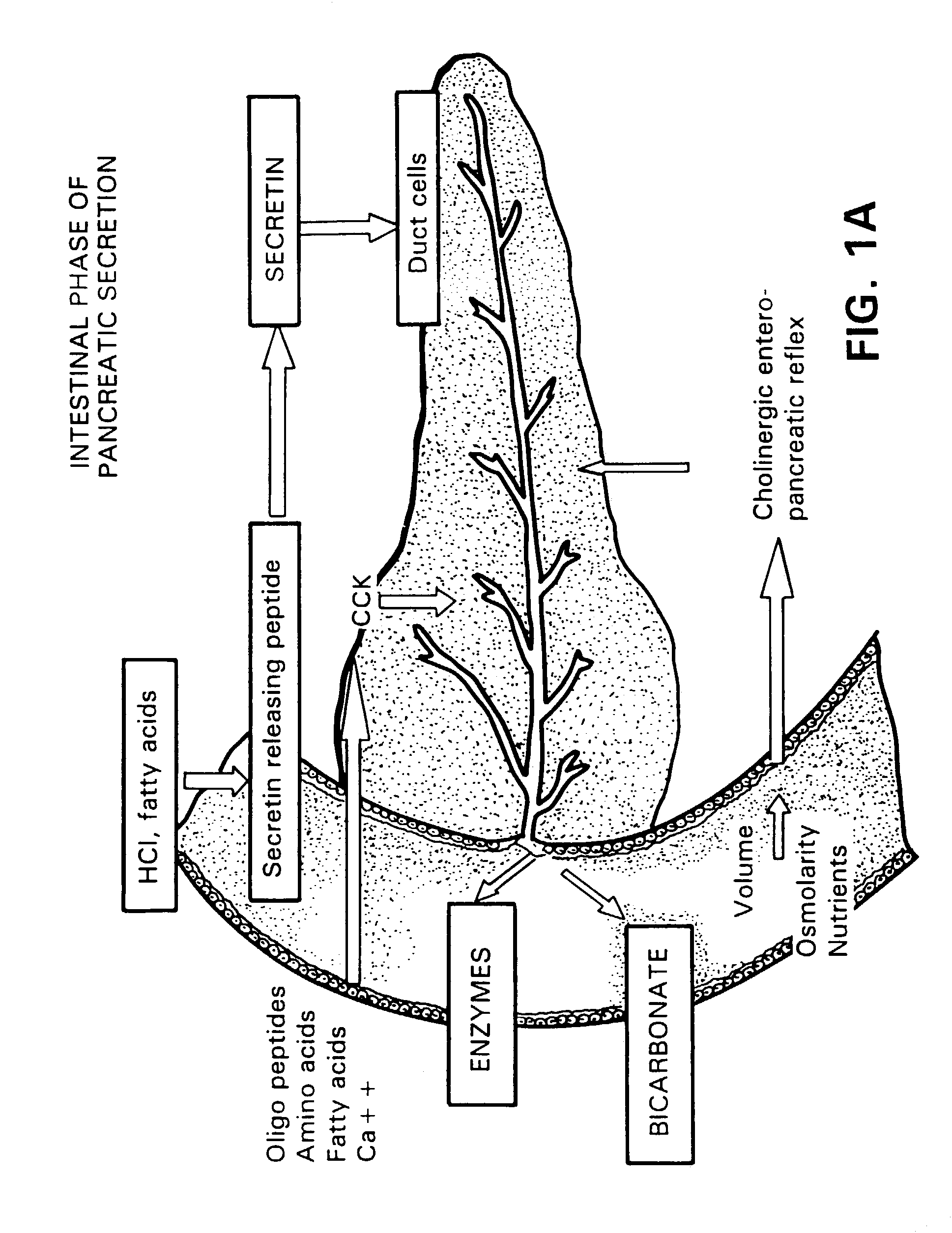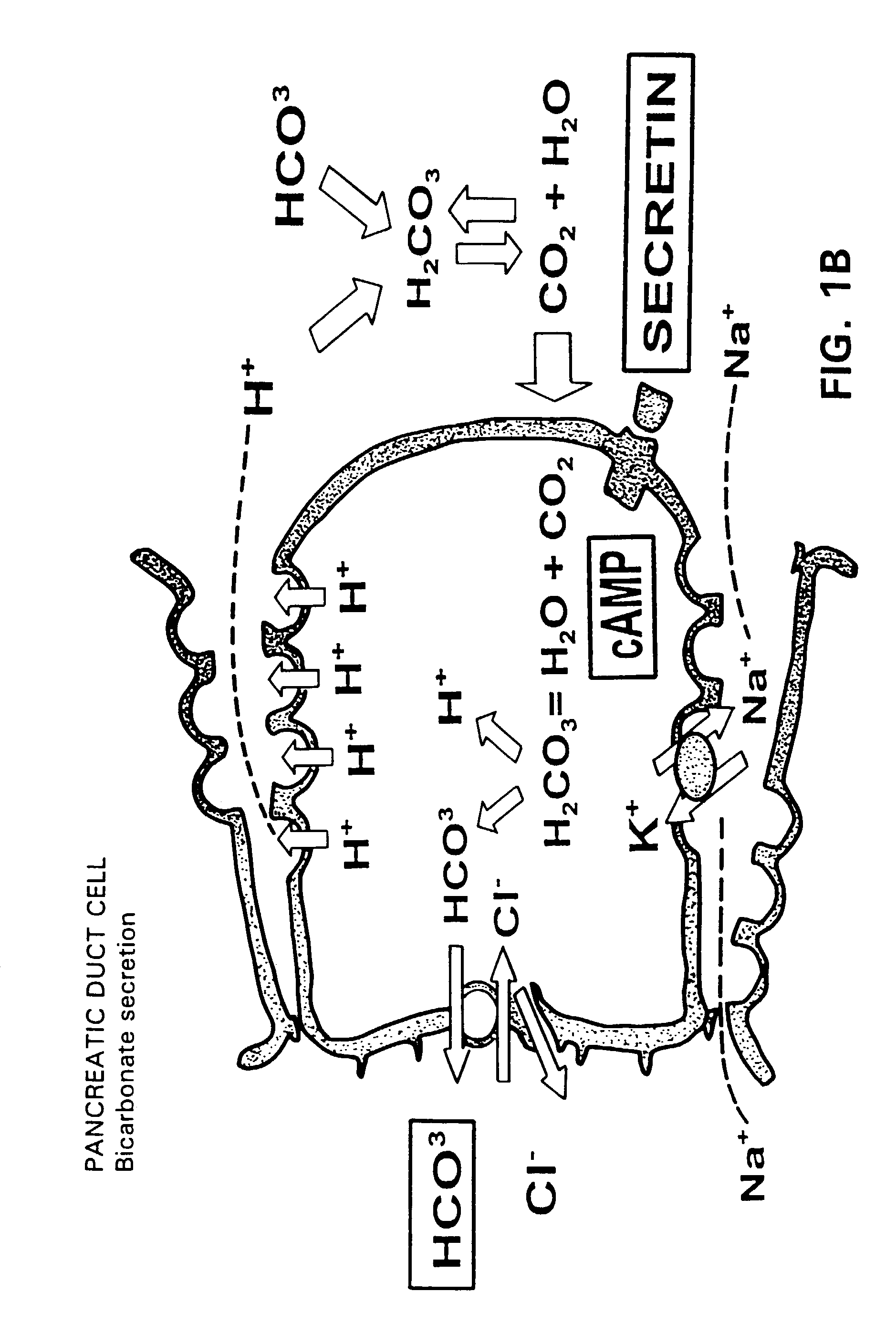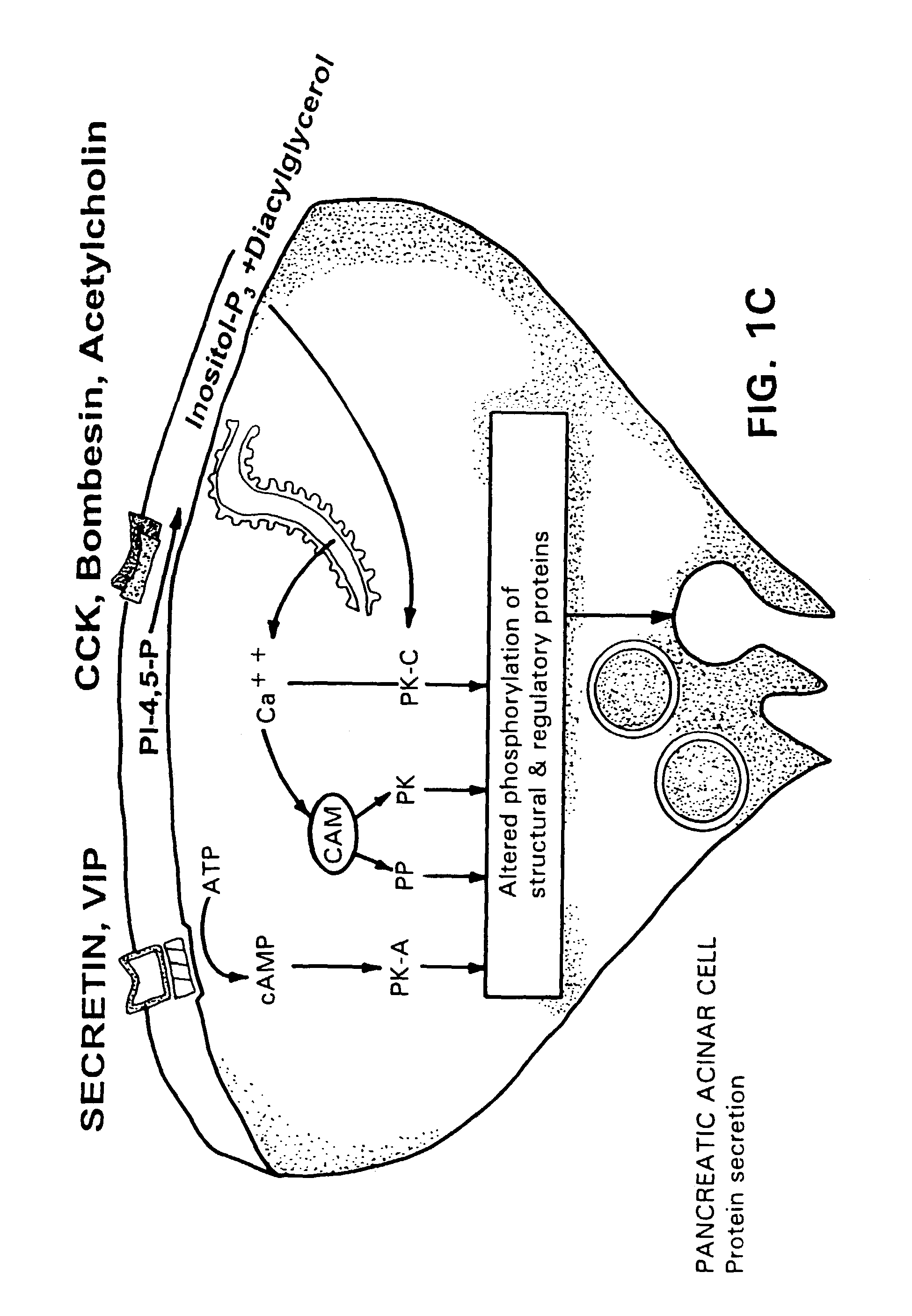Method for assisting in differential diagnosis and treatment of autistic syndromes
a technology for autistic syndromes and diagnosis, applied in the field of methods, can solve the problems of no effective psychopharmacological treatment for core symptoms, and no evidence of autism cure, so as to improve the quality of life, and improve the effect of treatmen
- Summary
- Abstract
- Description
- Claims
- Application Information
AI Technical Summary
Benefits of technology
Problems solved by technology
Method used
Image
Examples
case 1
[0069] J. B., a 3 and 3 / 12 year old boy, was the product of a full-term uncomplicated pregnancy. Development of language and social behavior proceeded normally until about 15 months of age. At that time he lost his expressive vocabulary and his social behavior deteriorated. He was clinically diagnosed with autism by a pediatric neurologist at 1½ years of age. At 2½ years of age, a multidisciplinary evaluation changed the diagnosis to PDD not otherwise specified. Brainstem evoked potential studies revealed abnormal responses to frequency modulations in sound, which suggested the involvement of the temporal lobes and the thalamocortical afferents. Single photon emission computed tomography (SPECT) scan of the brain revealed decreased perfusion in the right hemisphere, with the most severe decrease in the right parietal-temporal region. Because of his chronic diarrhea and elevated antigliadin IgG antibody titer, he underwent an upper gastrointestinal endoscopy. After the administration...
case 2
[0071] A. S., a 5 year old boy with autism, was referred with a two year history of diarrhea and food intolerance. His prenatal and postnatal history were unremarkable. His autism was diagnosed by a pediatric neurologist at two years and 9 months of age. According to his parents, he appeared normal and responsive until about 2 years of age, when he completely lost his speech and no longer responded to his name. He was placed on a high dose steroid therapy at age 4 with mild improvement. However, the beneficial effect diminished with a relapse during the gradual steroid discontinuation. Intravenous immunoglobulin was initiated later, but did not result in sustained benefit. During the endoscopy he received 2 IU / kg body weight of secretin. There was also a significantly increased secretory response after secretin administration (7.5 ml / min). The cognitive skills of this boy improved over a five weeks period following a single dosage of secretin, and he continues to progress (Table 5)....
case 3
[0073] D. T., a 4 year old boy, was referred for chronic diarrhea with foul smelling stools which were positive for blood. Autistic Disorder was diagnosed at age 2½. He had significant delays in speech and cognitive development with limited social skills. Because of his chronic diarrhea with foul smelling stools, he was referred to an allerologist, and multiple food allergies were diagnosed. He was placed on a significantly restricted diet, without any improvement in the consistency of his stools. He was also not potty-trained. He underwent an upper gastrointestinal endoscopy, and his pancreato-biliary response to secretin was excessive with an output of 8 ml / minute. Histological study revealed mild reflux esophagitis. The culture of his duodenal fluid for candida and bacteria was negative. His chronic diarrhea resolved. Most of the “claimed” antigenic foods were reintroduced into his diet without difficulty. The post-secretin behavioral evaluations were performed at three weeks and...
PUM
| Property | Measurement | Unit |
|---|---|---|
| Fraction | aaaaa | aaaaa |
| Fraction | aaaaa | aaaaa |
| Fraction | aaaaa | aaaaa |
Abstract
Description
Claims
Application Information
 Login to View More
Login to View More - R&D
- Intellectual Property
- Life Sciences
- Materials
- Tech Scout
- Unparalleled Data Quality
- Higher Quality Content
- 60% Fewer Hallucinations
Browse by: Latest US Patents, China's latest patents, Technical Efficacy Thesaurus, Application Domain, Technology Topic, Popular Technical Reports.
© 2025 PatSnap. All rights reserved.Legal|Privacy policy|Modern Slavery Act Transparency Statement|Sitemap|About US| Contact US: help@patsnap.com



